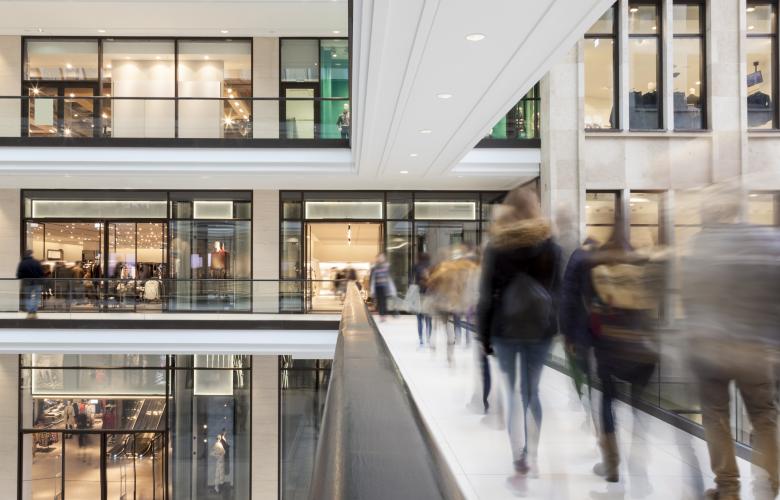Australian retail centres stronger than US counterparts
Contact
Australian retail centres stronger than US counterparts
Tenancy mix the key determinant in the era of e-commerce, according to CBRE research.
Australian retail centres are more resilient to the threat of changing consumer trends than those in America, according to CBRE’s latest research report, Worlds Apart.
The research found that domestic retail centres were more resilient because they are commonly anchored by supermarkets and grocery stores where one-third of the country’s retail spend occurred.
At a glance:
- Supermarkets and grocery stores attract one-third of Australia's retail spend, underpinning Australian retail centres
- Online sales in Australia now make up 6.1 per cent of total retail sales compared to 10 per cent in the US
- Growth in multi-channel retail space begins to outstrip online only sales, showing continued role for bricks and mortar stores
The report highlights that supermarkets and grocery stores are the primary occupiers of space in Australian neighbourhood and sub-regional shopping centres, with 47 per cent and 30 per cent of space respectively, and the third largest occupier of space in regional shopping centres, with 10 per cent of space.
In the US, supermarkets do not tend to anchor shopping centres and over 50 per cent of centre space is occupied by struggling department stores, compared to approximately 30 per cent of space in Australia.
The research is understood to be the first of its kind in comparing the US and Australian retail landscapes.
CBRE’s Senior Research Analyst Freddie Kareh noted that Australian supermarkets achieved a similar volume of turnover to department stores while occupying approximately a quarter of the space.
“As approximately one-third of Australian retail spend occurs in supermarkets and grocery stores, which are considered to be relatively insulated to the threat of e-commerce, these occupiers play an important role in driving foot traffic and ancillary spend within shopping centres, consequently making Australia’s retail centres inherently more defensive than those in the US,” Kareh said.
The report also outlines that while Australian online sales have grown at a rate of 22 per cent per annum for the last five years to $19.1 billion in July 2019 (representing 6.1 per cent of total retail sales), physical retail space still plays an important role in the retail landscape.
It found that the growth of multi-channel online retail has begun to outpace the growth of pure play (online only) retail.
CBRE’s Pacific Head of Retail, Graeme Wakefield said that multi-channel retailers had gained an increasing proportion of online sales in the past three years.
“This has been driven in part by bricks and mortar retailers adapting to changing consumer preferences by broadening the medium through which they sell goods to avoid losing sales to pure play online retailers,” Wakefield said.
In the US, online sales account for 10 per cent of total retail sales, with the more advanced take-up due to higher levels of competition accelerating the shift in distribution strategies and higher population densities accommodating easier fulfilment of online orders.
“A shopper’s journey now spans bricks and mortar stores, social media, apps, desktops and other mobile devices, with omni-channel consumers spending up to 30 per cent more than traditional shoppers,” Wakefield said.
Click here to read more of CBRE’s Worlds Apart
Similar to this:
The sleeping giant disrupting Melbourne’s office space market
Has Adelaide become the most interesting CBD office market?
The clock is ticking for building owners to get with the digital times







